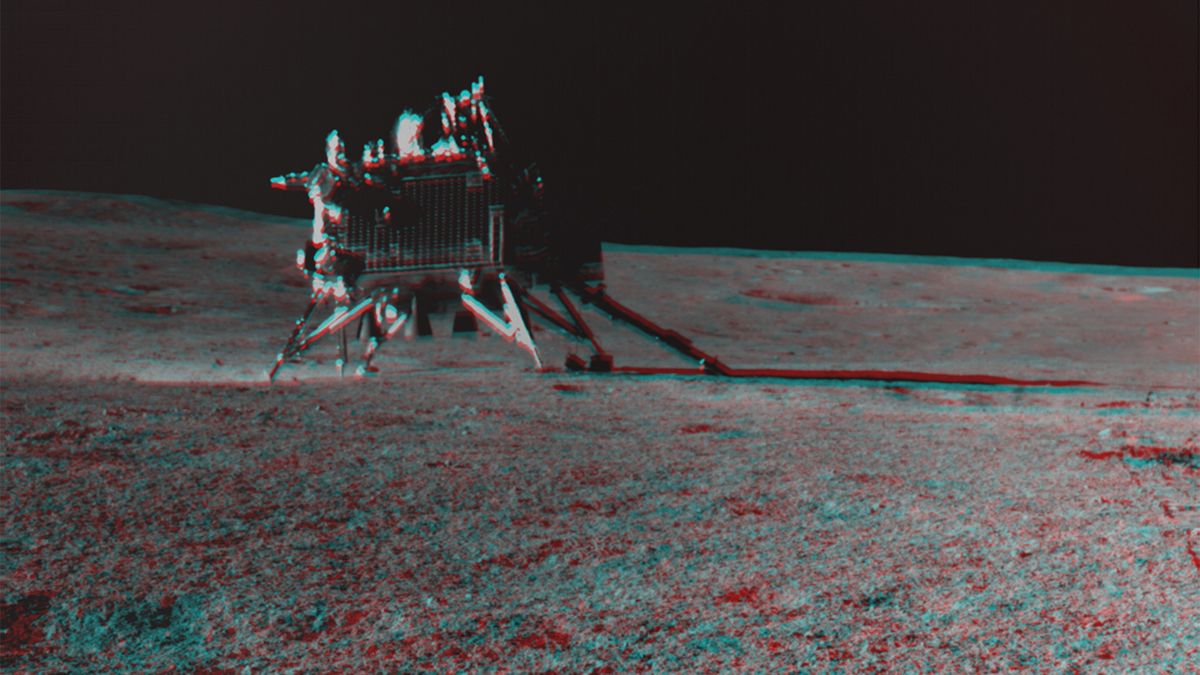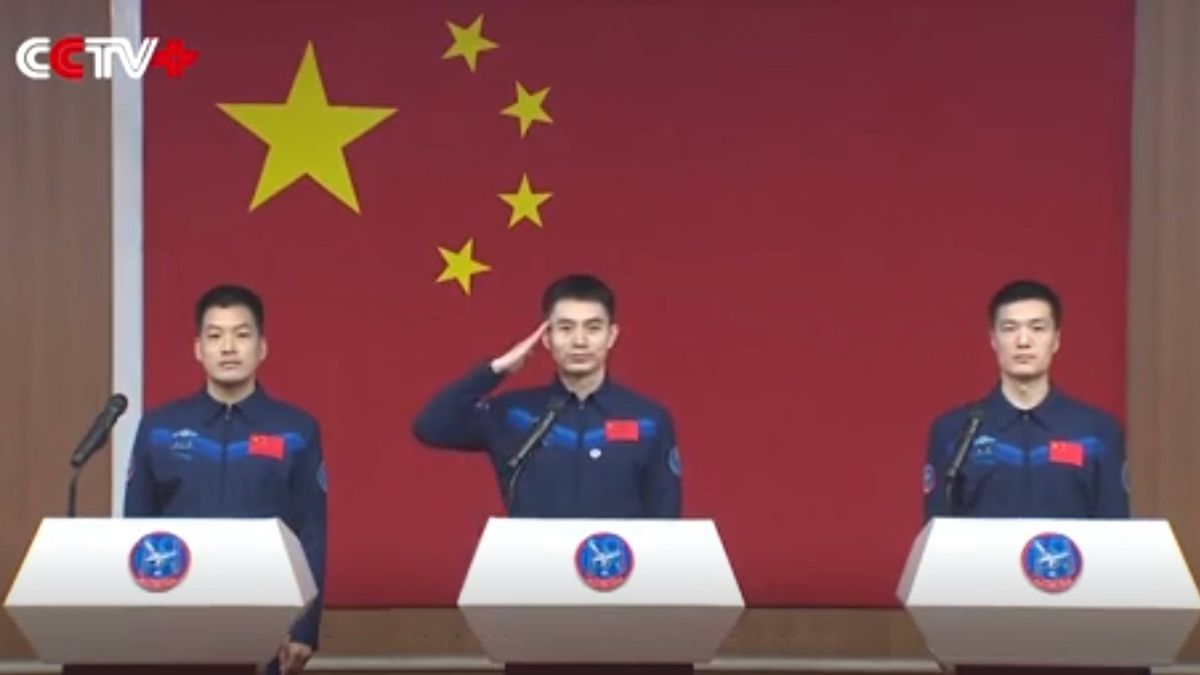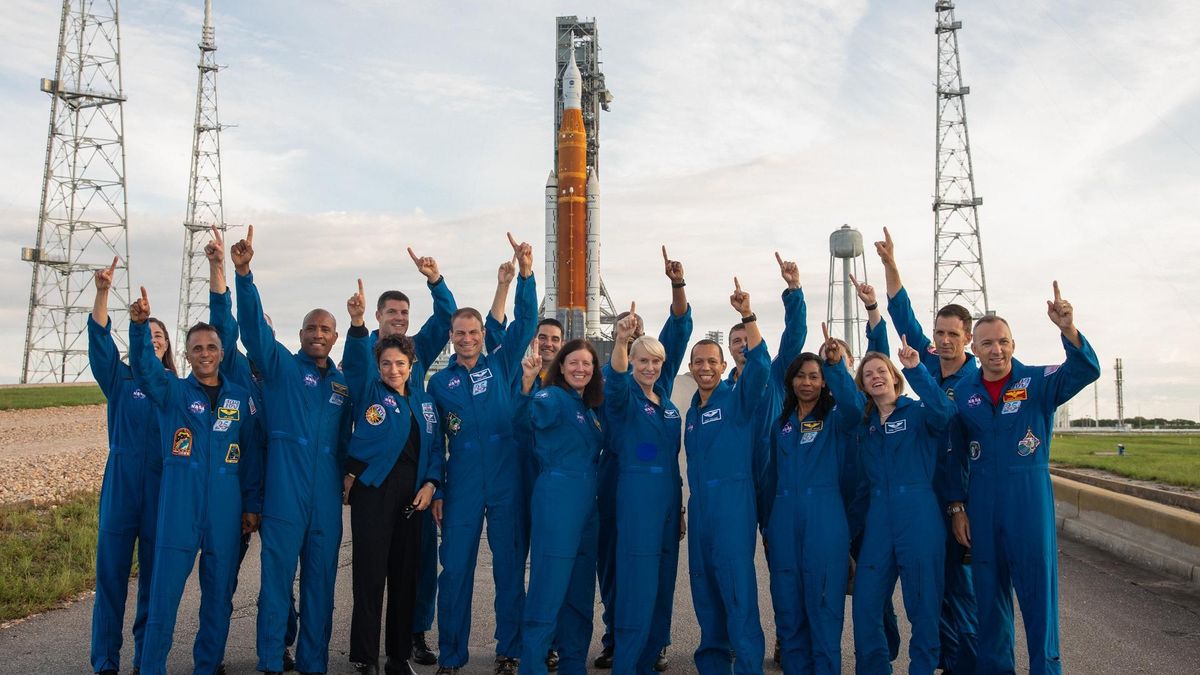Chandrayaan-3’s Unique Landing Configuration Minimized Moon Dust Plume
An in-depth analysis of India’s Chandrayaan-3 spacecraft has revealed a remarkable achievement during its historic landing near the moon’s south pole in August. The spacecraft managed to minimize the typical moon dust plume kicked up during descent, allowing its cameras to capture clear images of the landing region and avoid hazardous craters, ensuring a safe touchdown.
Speaking at the Lunar and Planetary Science Conference (LSPC) in Texas, scientist Suresh K from the Space Applications Centre (SAC) shared these findings with fellow researchers. The spacecraft, which operated on the moon for two weeks before succumbing to frigid lunar night temperatures, delivered exceptional performance in controlling the dust plume during landing.
Minimized Moon Dust Plume
Usually, spacecraft firing their engines during descent create a significant dust plume on the moon’s surface due to the low gravity and lack of atmosphere. However, cameras onboard the Chandrayaan-3 spacecraft detected the dust plume starting at just 59 feet above the moon’s surface, the least amount ever recorded during a moon landing.
Pre- and post-landing images analyzed by the research team showed the impact of the landing and the settling of dust particles around the spacecraft. By minimizing the dust plume, the Chandrayaan-3 mission achieved a remarkable feat compared to previous lunar missions.
Unique Engine Configuration
The success in reducing the dust plume was attributed to the spacecraft’s unique engine configuration, with two diagonal engines remaining operational during descent. By starting the “rough braking phase” from an orbit of 18.6 miles above the lunar surface and using the “least powerful engine till date,” the mission achieved a smooth landing with minimal surface disturbance.
Furthermore, the spacecraft’s mass and the local properties of regolith influenced the height of the dust plume, providing valuable insights for future missions. The team is actively analyzing this data and plans to release their findings in the coming months.
Future Moon Missions
With Chandrayaan-3’s successful mission behind them, India is gearing up for its next lunar endeavor, Chandrayaan-4, scheduled for a 2028 launch. The mission aims to bring back moon rocks to Earth, marking another significant milestone in India’s space exploration journey.
Prime Minister Narendra Modi’s vision of putting an astronaut on the moon by 2040 has set ambitious goals for ISRO and its partner institutions. While details about this mission remain undisclosed, the advancements made by Chandrayaan-3 pave the way for future lunar exploration missions.
Image/Photo credit: source url





